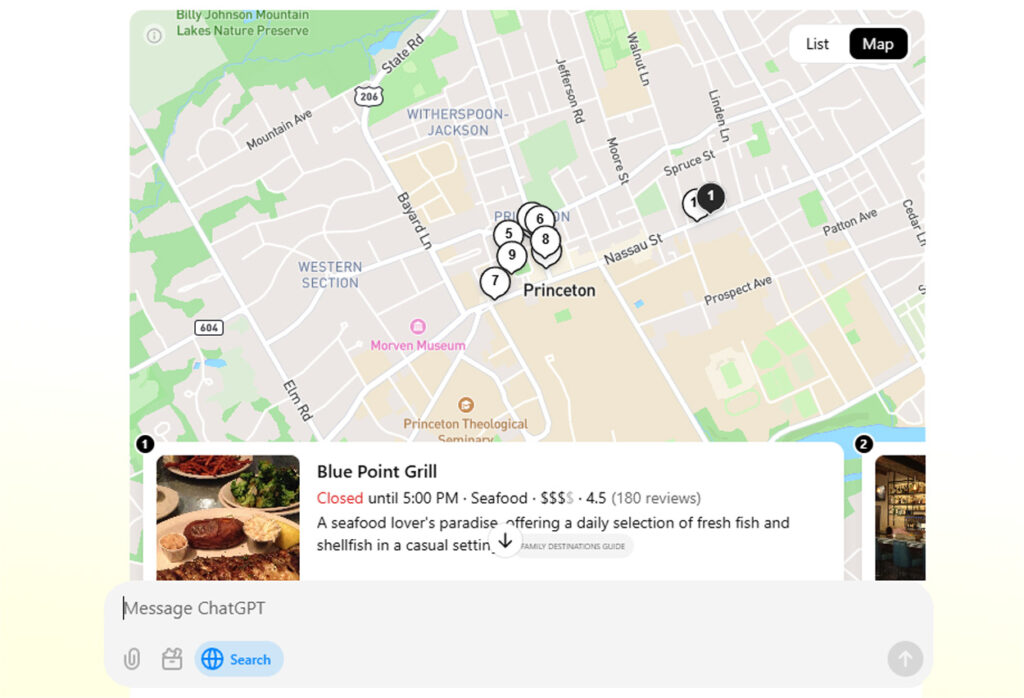Disallow, Canonicalize, Noindex, or Remove? How to properly block content that’s violating Google’s site reputation abuse policy
Four methods and only two are correct. In this article, I’ll cover the various ways I have seen site owners try to block content that’s violating Google’s site reputation abuse spam policy (including actual examples of how those methods worked, or didn’t). Update: March 12, 2025Google just updated its documentation for manual actions clearly explaining … Read more











